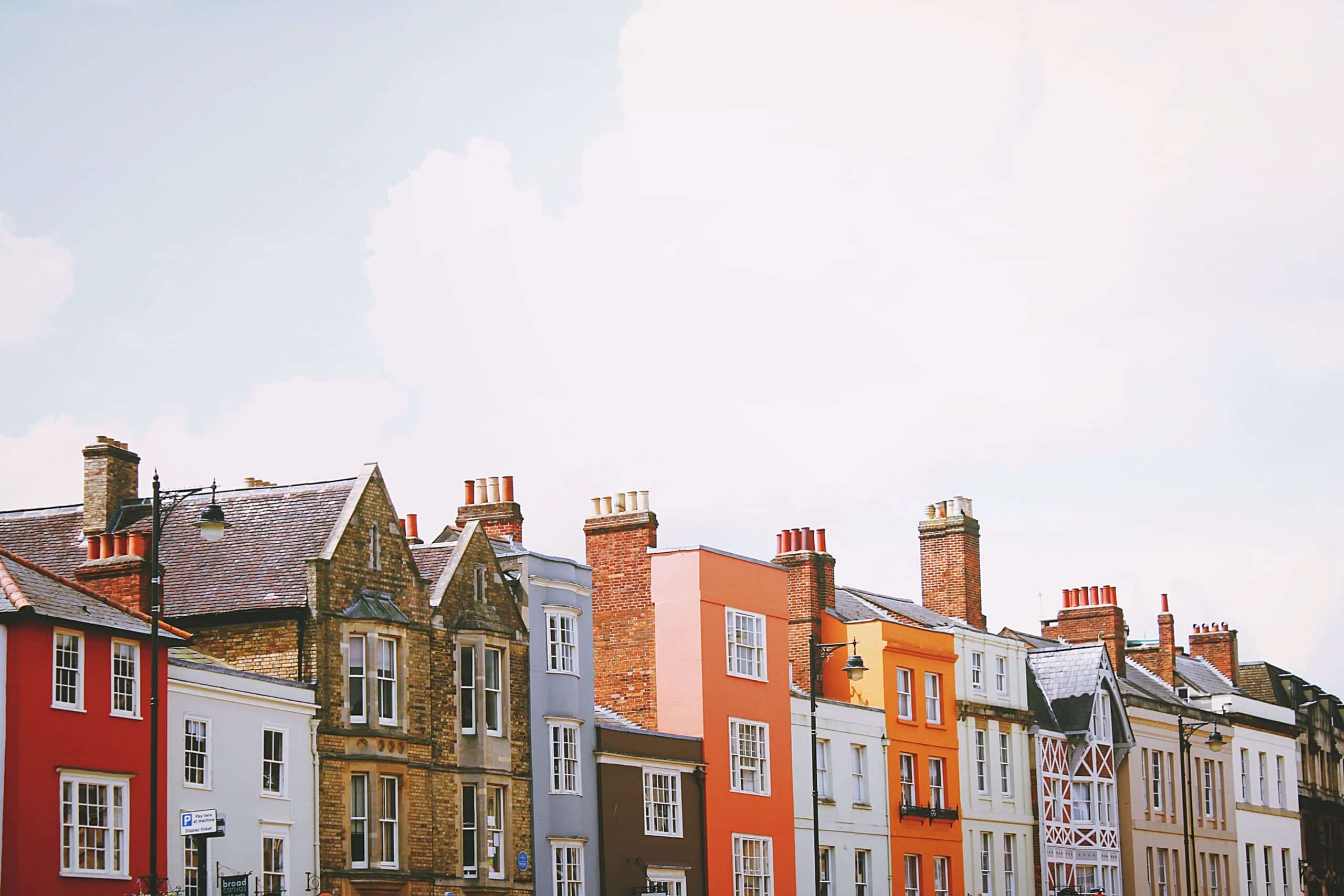What’s the Main Residence Exemption?
Property is a fickle beast when it comes to tax implications and the most common question or situation that arises is what’s the difference between a main residence, and an investment property for tax purposes? Read on to learn about it.
What’s the definition of a main residence?
It’s typically the dwelling where you and your family live, have personal belongings, receive mail, is addressed to your electoral roll and has basic utilities connected under your name.
What does the main residence exemption refer to?
The main residence exemption enables you to sell a property while being exempt from capital gains tax (CGT) on the profit on the sale. To be eligible for the main residence exemption, the following criteria must be met:
- You’re an Australian resident
- The dwelling:
- Was a main residence
- Has not been used to produce income. This means you haven’t rented the property for the entire time the property was owned by you, or you have not bought the property with the intention to ‘flip it’ and make a profit
- Is on land 2 hectares or less
It’s important to note that if you did not move into the property and make it your main residence from the beginning of ownership, and it was originally used for income producing purposes, then you cannot claim the main residence exemption for the period before it became your main residence.
How does a property being owner-occupied versus being an investment property affect tax?
Owner-occupied property
A property being owner-occupied allows the taxpayer to claim the main residence exemption to avoid CGT on the profit of the sale. However, living expenses incurred while living in the property are not deductible on your tax return.
Investment property
A property being used to produce rental income is ineligible for the main residence exemptions meaning when the property is sold, CGT has to be paid on the profit of the sale. However, unlike an owner-occupied property, an investment property is required to be included in your income tax return. Your rental income must be declared and expenses in relation to the rental property that was paid by you (not the tenant) can be claimed as a deduction. Some deductible expenses include council rates, repairs and maintenance, mortgage interest and asset depreciation.
When an owner moves out and begins to rent the property, what should they know?
Scenario 1: moved out of your old residence into a new residence
Your old residence and your new residence can both be considered a main residence for up to six months, which will enable you to use the main residence exemption and not pay CGT if the following conditions are met:
- You lived in your old residence for 3 months within the 12 months before you moved
- Your old residence was not used to produce income such as rent in any part of that 12 months
- The new property becomes your main residence
Scenario 2: moved out of your old residence and producing rental income with no new residences (6 Year Rule)
The 6 Year Rule allows you to treat your former residence that is now being used to produce rental income as your main residence for as long as 6 years after you moved out. This is so long as you have not had another dwelling as your own main residence within that period.
What happens if I move overseas and keep my main residence in Australia?
If the above scenario applies to you, and you’re an Australian resident for tax purposes, you can still claim the main residence exemption. If you keep the residence and are no longer an Australian resident for tax purposes, you cannot claim the main residence CGT exemption.
As of 1 July 2020, a non-resident of Australia for tax purposes cannot claim the main residence exemption even if the requirements mentioned earlier such as the 6 Year Rule are met. Partial exemptions to reduce CGT such as the 50% CGT discount will also not be available for the period an individual was a non-resident of Australia for tax purposes from 8 May 2012. This means the capital gain will need to be apportioned to find the amount available for the 50% CGT discount. The remaining capital gain will be assessable income and is taxed at the non-resident tax rate.
To access the main residence exemption once again, you must first become an Australian resident. Once you are again an Australian resident, the original requirements to access the main residence exemption apply.
For Example
- If you were an Australian resident and you move overseas to become a foreign resident, selling the property prior to becoming a foreign resident will provide you with the best tax outcome. This is because you are entitled to the main residence exemption as well as the 50% CGT discount as you are an Australian resident for tax purposes
- If you sell the property whilst a non-resident of Australia for tax purposes, you are subject to CGT as you will not be able to claim the main residence exemption and will have to proportion the 50% CGT discount for the period of time the property was owned as an Australian resident
- If you were to move back to Australia and regain your Australian tax residency, you may claim the main residence exemption and the 50% CGT discount
What do you need to do when it comes to tax and property?
- Understand which property is being used as your current main residence
- The details on whether the property was used for income producing purposes
- Provide contracts of the purchase and sale of the property
- Be aware of the following dates:
- Date purchased and sold
- Date moved in and moved out of your old and new properties
- Date property started and ended being used for income producing purposes
If you need a hand with the tax obligations of your property situation, get in touch.










